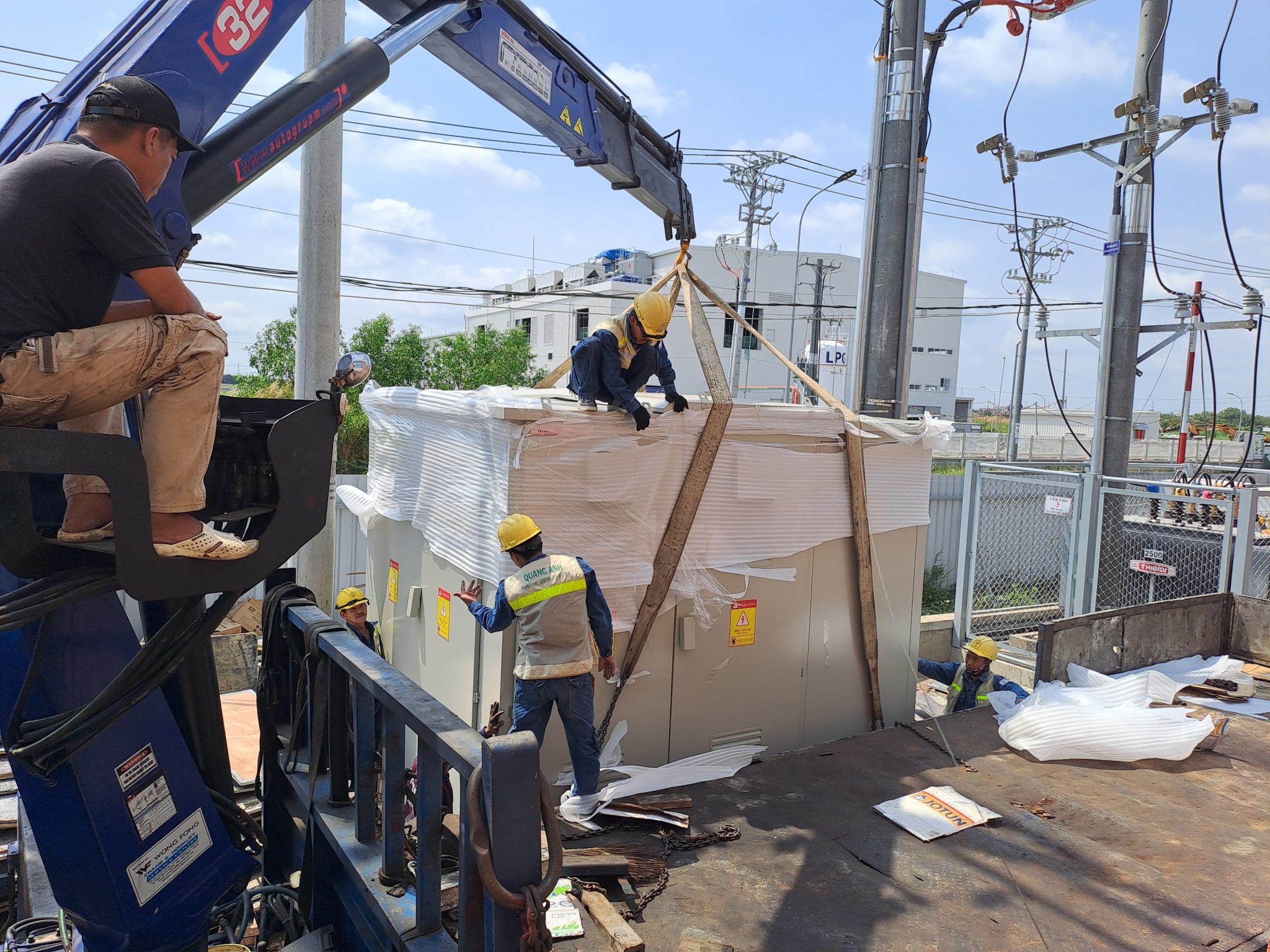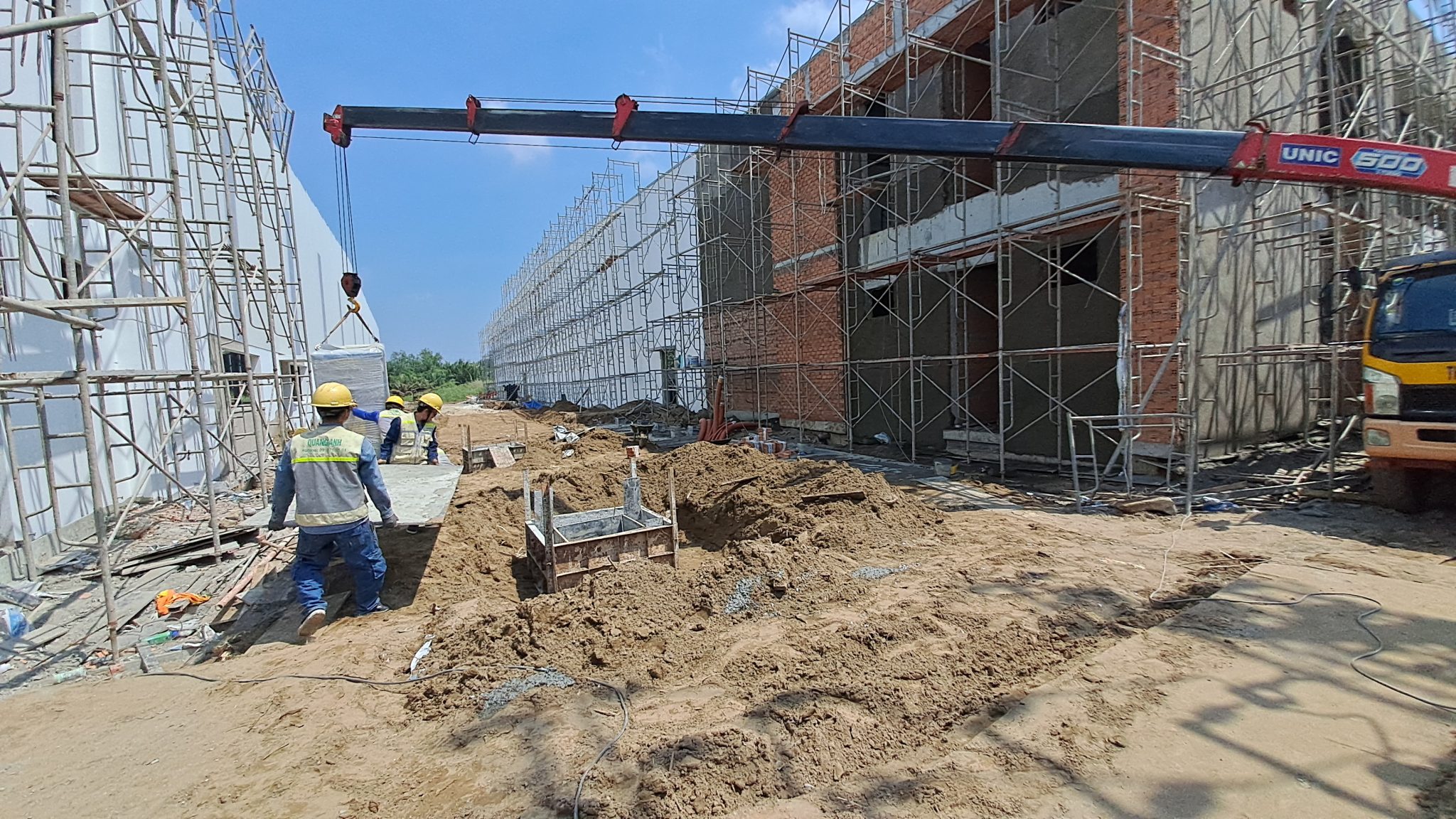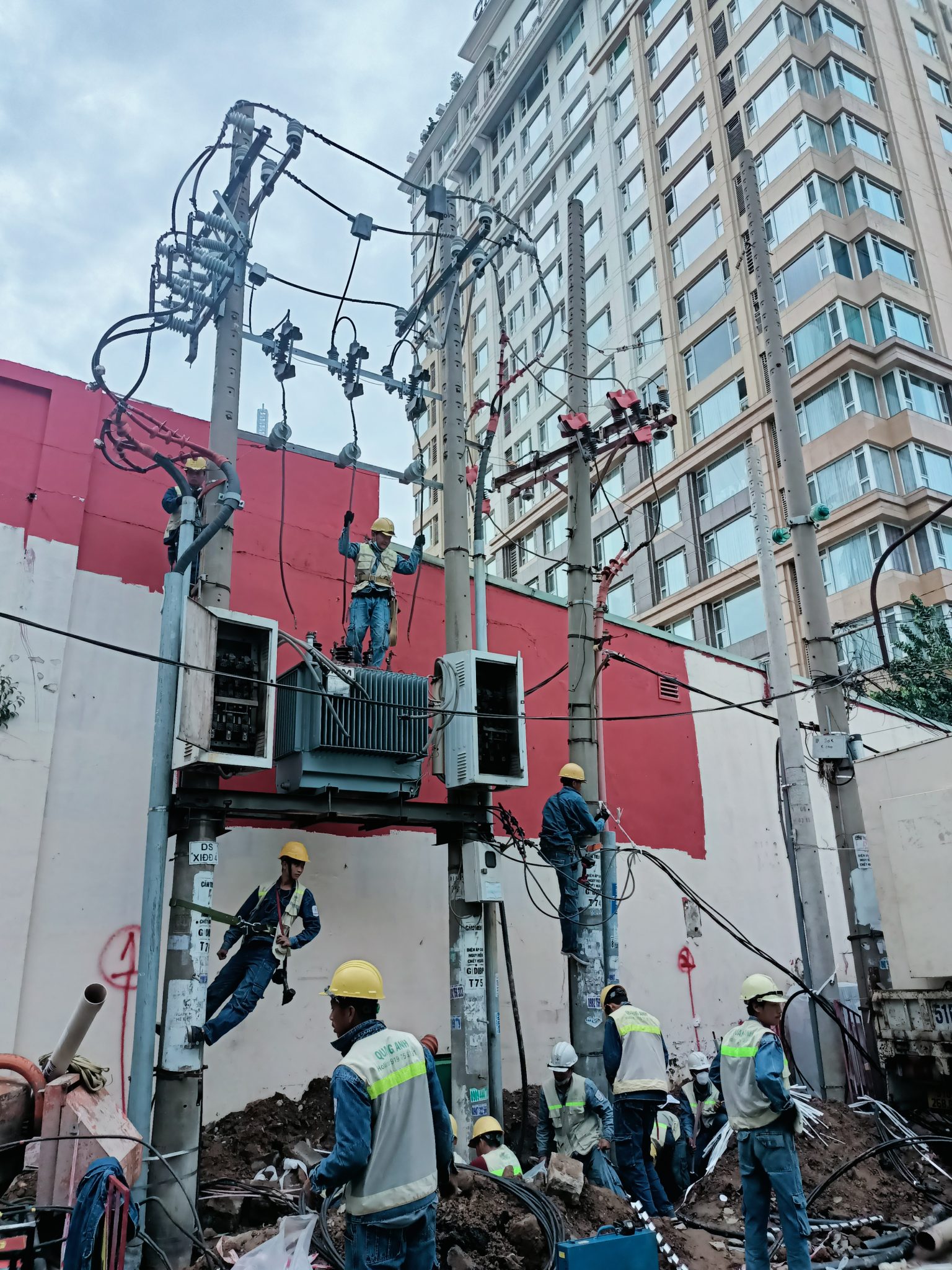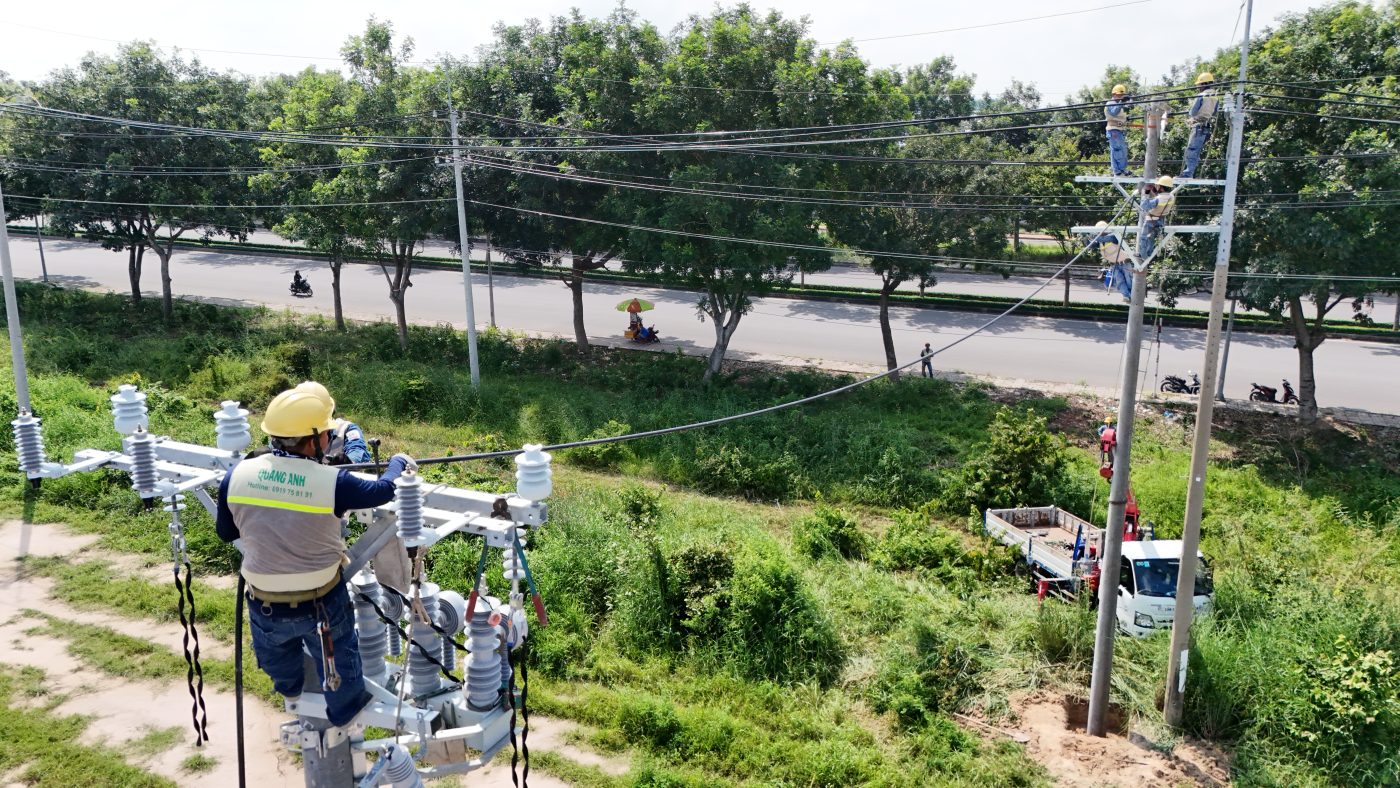The cost of electrical installation in factories is influenced by several factors, including project timelines, material quality, and the specifics of the facility. Explore detailed pricing and key project elements in the following guide.
Factors Affecting Factory Electrical Installation Costs
Key factors influencing the cost of factory electrical installation include project timelines and billing agreements with the investor. Specific building characteristics, such as complexity, size, and the volume of equipment to be connected, significantly impact costs. The project’s geographical location influences transportation and labor expenses. The quality of materials used also plays a crucial role in determining the price. Finally, requirements for warranty and maintenance during and after the project need to be evaluated when determining costs.
A myriad of technical and management factors significantly influence the cost of factory electrical installations. Facility characteristics are the primary factors to consider since each type of factory has unique electrical system designs and technical needs. The size, complexity, and function of each section guide equipment choices and installation plans, causing shifts in electrical installation costs.
- Facility Electrical Characteristics: Planning an industrial facility’s electrical system heavily depends on specific project traits, from detailed designs to precise technical requirements. These not only affect workload but also dictate the volume and type of electrical equipment needed.
- Volume of Electrical Equipment: The range of equipment, including wiring systems, electric boards, and control devices, considerably influences installation expenses.
- Industrial Electrical Supplies: The prices for materials like cables, lights, and automation equipment fluctuate with the market. Brands like Cadivi, Schneider, or Mitsubishi can affect selections and thus costs.
- Construction Project Timelines: Urgent deadlines can drive up costs due to the need for additional resources and tools to ensure timely project completion. Timelines may also affect payment terms, impacting installation costs.
- Payment Terms and Methods: Flexible payment terms or phased payments can affect project cash flow and total costs.
- Construction Location: Geographic factors such as the conditions for transporting industrial electrical supplies and environmental considerations at the site influence related labor and equipment expenses.
- Warranty and Maintenance Duration: Long-term warranty and maintenance requirements can escalate costs, ensuring quality and after-sales service.
- Contingency and Upgrade Measures: The necessity for upgrades when electrical systems are overburdened or outdated also needs attention, increasing overall project costs.
Contractors must accurately assess these elements when preparing budgets to effectively manage factory electrical installation costs and meet the technical and quality demands of the project.

Primary Electrical Setup Elements in Factories
Factory electrical installation encompasses several key aspects. Crucial are the designs of power cable systems, cable trays, and lighting systems. The installation of cable trays alongside low-voltage switchboards like distribution, control, and power cabinets is integral. Additionally, lightweight systems such as LAN, surveillance cameras, audio, and communication networks are essential for operational efficiency. Finally, maintaining, repairing, upgrading, and renewing the electrical systems are vital for sustained factory operations.
In the realm of factory electrical installations, some major components are vital for ensuring the electrical system operates efficiently and safely.
-
Installation of Main Power Cable Systems
Designing and installing main power cable systems is a basic but crucial step, providing power from the substation to the entire facility. This system includes power cables laid above or underground, depending on technical requirements, and routed through MCCB (ACB) to the main distribution board (MSB). Commonly utilized cables come from brands like Cadivi, LS, and Schneider.
-
Installation of Cable Trays
Cable trays not only secure but also guide various electrical systems within the facility. They are often designed using robust materials to ensure durability and safety for the cable system. Factories commonly use metal or composite trays depending on specific project conditions.
-
Industrial Electrical Cabinet Installation (MSB)
Industrial electrical cabinets are central for managing and protecting the entire electrical system. With reputable brands like ABB and Mitsubishi, cabinet installation requires a highly professional team to ensure safety and efficiency. This is the main area for connecting main power cables and integrating protection and control devices.
-
Installation of Light and Auxiliary Electrical Systems
This system includes auxiliary projects such as lighting, fire alarm systems, and surveillance cameras. These not only ensure safety but also create comfortable working conditions for employees. Using modern lighting technology from brands like Eaton or EMC enhances energy efficiency and savings.
Regular maintenance of the electrical system is essential for stable operation and minimizing failures. Activities such as periodic inspections, maintenance, and the replacement of faulty devices should be regularly conducted to ensure the system operates at peak performance and safety in industrial activities.

Important Considerations for Factory Electrical Installations
When installing electrical systems in factories, remember that prices often serve as references and do not include taxes or unforeseen expenses. Each project demands a specific budget based on actual surveys and technical designs. Conditions such as project characteristics and investor demands also alter real-world costs. Combining actual surveys, technical design assessments, timelines, and agreed conditions provides a comprehensive view of factory electrical installation costs.
Factory electrical installation poses numerous challenges concerning the safety and operational efficiency of industrial electrical systems. To ensure safe and effective electrical installations, heed the following aspects:
Review Electrical Design Thoroughly
The electrical design blueprint is foundational for calculating power needs and pinpointing the exact location of electrical equipment installations. This is especially crucial for industrial wiring systems, where location and device connectivity determine usage efficiency.
Select Industrial Electrical Materials and Equipment
- Choose wiring, electrical cabinets, and reputable brands like Cadivi and Schneider to ensure quality and suit projected power loads.
- Only use protection devices with clear origins to guarantee operational safety.
Adhere to Electrical Construction Procedures and Laws
- Obtain construction permits from state agencies to ensure compliance with safety regulations in industrial construction.
- Clarify contractor and investor terms and conditions to prevent disputes during construction.
Safety Principles During Construction
- Always cut power before installation; fully utilize tools and personal protective equipment.
- Arrange cables neatly, away from damage-prone areas, and clearly mark them to prevent unnecessary accidents.
Install Industrial Wiring Systems Correctly
- Install electrical wiring from the substation through MCCBs to the main switchboard and other devices according to technical standards to ensure safety and endurance.
- Use cable trays and waterproof materials like PVC conduits to protect underground wires.
- Secure cables to ensure smooth and safe operation under physical impacts.
Conduct Inspections and Handovers
Before commissioning, the entire system must pass a thorough inspection of connections, insulation resistance, and other safety factors.
Ensure Progress and Construction Quality
Regularly report construction progress to management bodies to maintain timelines and secure project quality as promised.
Finally, avoid arbitrary changes or unauthorized construction without expert technical knowledge or cooperation with the designer.

Understanding the costs of electrical installations in factories aids in resource optimization and project quality assurance. A thorough evaluation of necessary factors and components not only optimizes costs but also secures long-term investment efficiency.
For consultation on factory electrical design and execution, contact QuangAnhcons via hotline +84 9 1975 8191.
QuangAnhcons offers comprehensive factory electrical installation solutions, including design, installation, and maintenance services, ensuring high quality and efficient performance.
[contact-form-7 id="7239967" title="Contact form 1"]


Related Posts
Tay Ninh Solar Power Planning: Technical Framework, Grid Interconnection, and Rollout Roadmap
Technical overview of solar planning in Tay Ninh: irradiation, grid capacity, permitting, design, operations, and [...]
Dec
Binh Duong Solar Planning: Regulatory Framework, Grid Interconnection, and an Implementation Roadmap for Factories and Industrial Parks
An overview of Binh Duong solar planning: legal framework, interconnection, design, risk management, and an [...]
Dec
Solar Farm Repair: O&M Workflow, IV Curve Diagnostics, Thermography, Inverter Service and Utility-Scale Safety
A utility-scale solar farm repair plan centered on O&M, IV curves, thermal imaging, inverter service, [...]
Dec
Dong Nai Solar Power Plan 2023–2025: Tri An 1,029 MW, Grid Upgrades and the DPPA Pathway
A complete look at Dong Nai’s solar power plan: Tri An 1,029 MW, irradiation potential, [...]
Nov
Quang Ngai Solar Power Plan 2024–2030: Legal Framework, Irradiance Potential, and Development Roadmap
A complete look at Quang Ngai’s solar power plan: capacity targets, irradiance (PVout), development zones, [...]
Nov
Solar Damage Assessment Services: On-Site Procedures, EL/IV/Thermography Testing & Compliance with Standards
Discover IEC/UL/NEC standard solar damage assessment processes: on-site evaluation, EL and IV curve testing, thermal [...]
Nov
Comprehensive Package Estimate for a 1800MVA 500kV Substation: Scope, Configuration 3x600MVA, Standards and Timeline Management
An overview of the 1800MVA 500kV substation estimate: construction scope, configuration 3x600MVA, GIS/AIS, SCADA, standards, [...]
Nov
Factory Electrical Systems: Comprehensive Design and Implementation Guide
Discover the detailed and safe process of factory electrical systems design and implementation. [...]
Oct
Blueprints Required for Factory Construction Permits
Discover the necessary blueprints in factory construction permit applications, from floor plans to electrical and [...]
Oct
What Are the Requirements for a Factory Construction Permit? A Comprehensive Guide
Explore the documentation and steps needed to secure a factory construction permit for streamlined project [...]
Oct
Factory Construction Permit Procedures in Vietnam: Essential Guidelines and Documents
Learn the procedures for securing a factory construction permit in Vietnam, focusing on document preparation [...]
Oct
Key Steps in the Factory Construction Process
Discover the essential steps and requirements for building factories. [...]
Oct
Comprehensive Electrical Substation Solutions by Quanganhcons
Discover the cutting-edge electrical substation solutions offered by Quanganhcons for industrial applications. [...]
Oct
Investment Costs for a 1MWp Solar Power System and Influencing Factors
Explore the investment costs for a 1MWp solar power system in Vietnam and the influencing [...]
Sep
QuangAnhcons: Elevating Wind Energy Solutions
Explore QuangAnhcons' leadership in wind energy and renewable solutions in Vietnam. [...]
Sep
Electrical Contractor Strategies at Becamex Industrial Park
Discover the strategic advancements and partnerships of the electrical contractor at Becamex Industrial Park. [...]
Sep
Investment Insights for 1MW Wind Energy in Vietnam: Costs and Opportunities
Discover the detailed analysis of costs and opportunities for investing in 1MW wind energy projects [...]
Sep
Advanced Electrical Installation Solutions by QuangAnhcons
Explore advanced electrical installation solutions and modern technology with QuangAnhcons. [...]
Sep
Enhancing Industrial Electrical Services with Quanganhcons
Discover Quanganhcons' expertise in industrial electrical services, offering efficient and sustainable power systems. [...]
Sep
Comprehensive MEP Solutions by QuangAnhcons: From Design to Maintenance Excellence
Discover optimal MEP solutions with QuangAnhcons, dedicated to excellence from design through maintenance. [...]
Sep